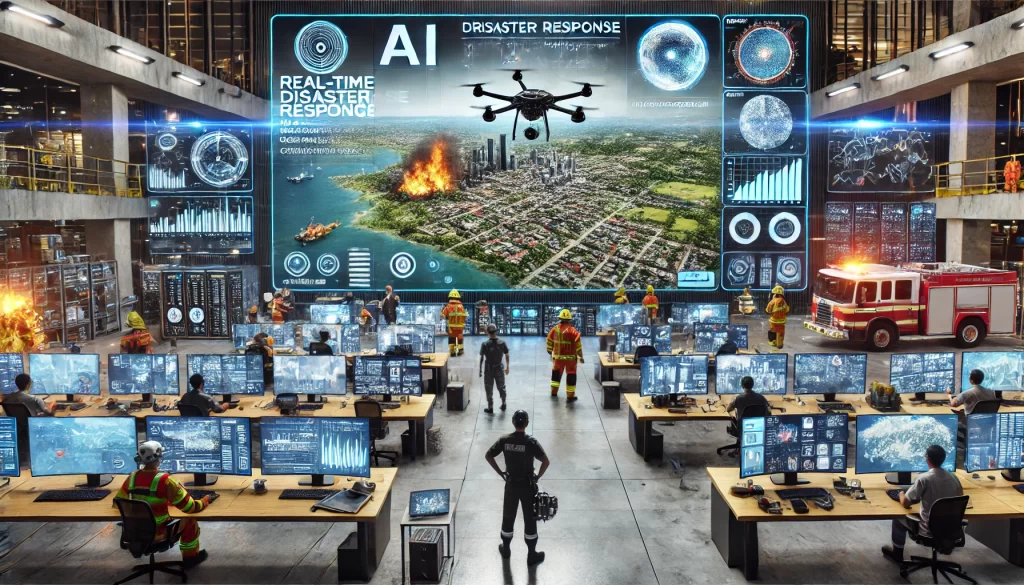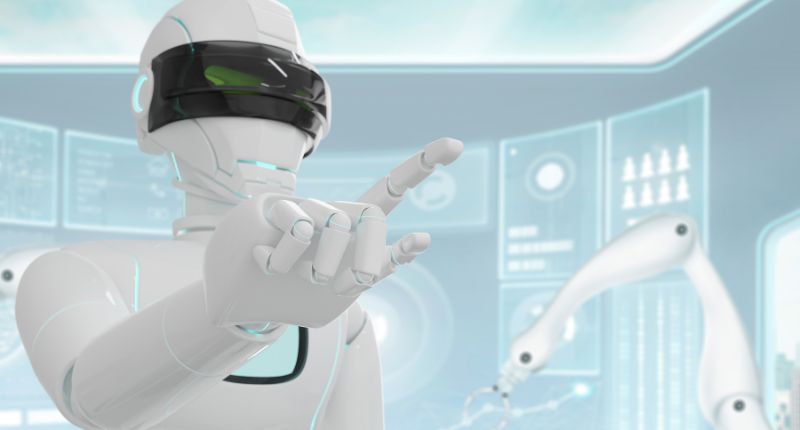The Role of AI in Disaster Response and Recovery
Natural disasters and humanitarian crises pose significant challenges to governments, emergency responders, and communities worldwide. With the rise of artificial intelligence (AI), disaster response and recovery efforts have become more efficient, accurate, and life-saving. From predicting disasters to coordinating relief operations, AI is playing a crucial role in minimizing damage and accelerating recovery.
How AI is Revolutionizing Disaster Response and Recovery
AI-driven technologies are being used to predict disasters, provide real-time situational awareness, and optimize response strategies. Here’s how AI is transforming disaster management:
1. Disaster Prediction and Early Warning Systems
AI helps in predicting disasters with greater accuracy, enabling authorities to prepare and issue timely warnings.
✅ AI applications in disaster prediction:
- Machine learning models analyze historical data to predict earthquakes, hurricanes, and floods.
- Satellite imagery and remote sensing powered by AI detect environmental changes and monitor weather patterns.
- AI-driven seismic monitoring predicts earthquakes by analyzing underground vibrations.
🔗 Learn more about AI in disaster prediction
2. Real-Time Data Analysis for Situational Awareness
AI processes vast amounts of real-time data, providing emergency responders with crucial insights during disasters.
✅ How AI enhances situational awareness:
- Drones and AI-powered cameras capture live footage of disaster-stricken areas.
- Natural language processing (NLP) analyzes social media posts and emergency calls for real-time updates.
- AI-generated heatmaps help responders locate the most affected areas.
3. AI in Emergency Response and Rescue Operations
AI-powered robotics and autonomous systems assist in search and rescue missions, improving efficiency and reducing risks to human responders.
✅ AI applications in search and rescue:
- AI-powered drones identify survivors and deliver aid in hazardous zones.
- Rescue robots navigate debris and collapsed buildings to locate trapped individuals.
- AI-based emergency dispatch systems prioritize distress calls for faster response times.
4. AI-Optimized Resource Allocation and Relief Distribution
AI ensures that aid reaches the right people at the right time by optimizing logistics and resource allocation.
✅ AI-driven logistics in disaster response:
- Predictive analytics forecast supply chain needs for food, medicine, and shelter.
- AI-driven mapping systems identify the safest and fastest routes for aid delivery.
- Machine learning models optimize warehouse management for storing and dispatching relief materials.
The Benefits of AI in Disaster Response and Recovery
1. Faster Response Times
AI speeds up disaster response efforts by automating emergency alerts, optimizing rescue operations, and streamlining logistics.
2. Enhanced Accuracy in Disaster Prediction
AI-driven predictive models help authorities prepare in advance, reducing casualties and property damage.
3. Efficient Resource Management
AI optimizes resource distribution, ensuring equitable and timely access to aid and medical support.
4. Reduced Human Risk in Dangerous Environments
AI-powered robots and drones perform high-risk tasks, reducing the exposure of human responders to hazardous conditions.
Challenges of AI in Disaster Response
1. Data Privacy and Security Concerns
The collection and use of sensitive data for AI-driven disaster management raise concerns about privacy and security.
2. High Implementation Costs
Deploying AI technologies requires significant investment in infrastructure, research, and personnel training.
3. Ethical and Bias Issues in AI Models
AI models can inherit biases from training data, leading to disparities in response efforts and relief distribution.
4. Need for Human-AI Collaboration
AI alone cannot replace human decision-making. A balanced approach combining AI with human expertise is essential for effective disaster management.
Future of AI in Disaster Response and Recovery
1. AI-Powered Smart Cities for Disaster Resilience
Future cities will integrate AI-driven disaster response systems, enhancing urban resilience to natural calamities.
2. Advanced AI Predictive Models
AI will continue to improve disaster forecasting, integrating climate data and environmental changes for more precise predictions.
3. Autonomous AI-Driven Relief Operations
AI-powered autonomous vehicles and drones will play a larger role in delivering aid, evacuating victims, and rebuilding disaster-hit areas.
4. Blockchain and AI for Transparent Aid Distribution
Blockchain technology combined with AI will ensure transparent and efficient relief distribution, preventing fraud and mismanagement.
Conclusion
AI is revolutionizing disaster response and recovery by improving prediction, optimizing emergency response, and enhancing recovery efforts. As technology advances, AI will continue to play an even more significant role in minimizing disaster impact and saving lives. However, the integration of AI in disaster management must be balanced with ethical considerations and human expertise to ensure effective and equitable solutions.


